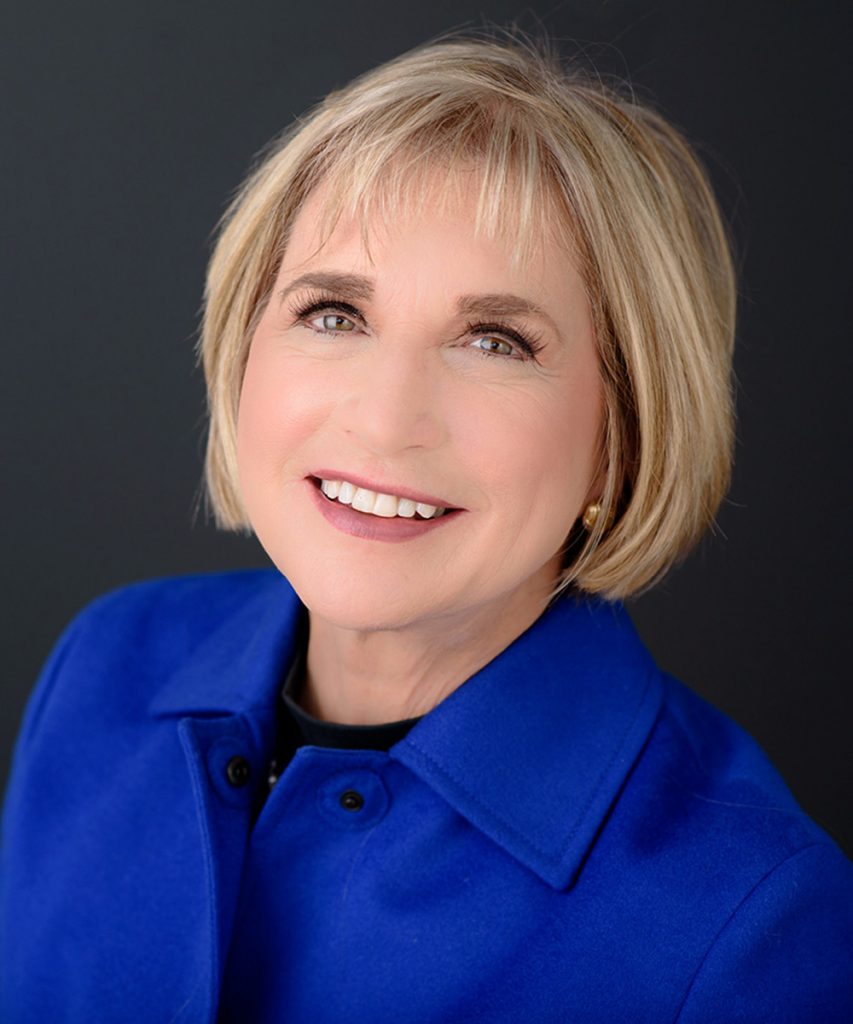Rules for financial planners to engage with other professionals involved in the selling of financial products are in place to keep everyone charged with the responsibility over a client’s financial life operating in the best interests of their client, but there are some situations where a financial planner may be citing ill-informed or out-of-date perspectives about certain regulations in conversations with a reverse mortgage professional.
This is according to Shelley Giordano, director of enterprise integration at Mutual of Omaha Mortgage and founder of the Academy for Home Equity in Financial Planning at the University of Illinois Urbana-Champaign. While many reverse mortgage professionals have often described difficult situations when trying to engage with financial planners about the potential benefits a reverse mortgage might provide to their clients, sometimes the “stonewalling” of the planners can be based on information that is misunderstood or no longer accurate.
Being aware of some of the most common instances where this is the case could make a difference for a reverse mortgage professional seeking to become a referral contact for a financial planner, Giordano explains.
The ‘FINRA excuse’
The Financial Industry Regulatory Authority (FINRA) has long been cited by certain financial planners as a source of the idea that engaging with the reverse mortgage product category is simply never an optimal solution. That stance has evolved significantly over the years, however, and many financial planners today do not seem aware of the authority’s rather notable change in stance according to Giordano.
“[Many planners] will swear up one side and down the other that FINRA prohibits them from having a conversation,” she explained during the National Reverse Mortgage Lenders Association (NRMLA) Virtual Summer Meeting this month. “Luckily, Dr. Barry Sacks, who is with our Academy for Home Equity in Financial Planning called FINRA. He had a terrible time getting in touch with them, but eventually found somebody and said to them, ‘your math is wrong.’ And so, they changed it. Now, it’s not a ringing endorsement of reverse mortgages, don’t get me wrong.”
However, Dr. Sacks’ influence was enough for FINRA to revise its investor bulletin titled “Reverse Mortgages: Avoiding a Reversal of Fortune” to describe reverse mortgages as something a borrower should “make prudent use” of. This replaced the report’s former language which described reverse mortgages as “a loan of last resort,” but many planners seem to continue citing that former language as a corroborating factor in their own resistance to discussing reverse mortgages. The phrase “last resort” is no longer found anywhere in the FINRA bulletin though as Giordano points out, current language is far from an enthusiastic endorsement.
“[FINRA says], ‘use your loan funds wisely.’ And of course, we all agree with that,” Giordano explains. “We all are looking to find a reverse mortgage that is stable and sustainable over retirement years. So, don’t fall for the ‘FINRA excuse,’ it doesn’t exist.”
Leaving the house out of the discussion
In 2018, a fiduciary rule implemented by the Department of Labor during the Barack Obama administration was overturned by the Fifth Circuit federal court. That rule stated that financial advisers must give conflict-free advice on retirement accounts, and put their clients’ needs ahead of their own potential compensation. Shifting away from commissions on certain investment products was seen as a way to become compliant with this rule.
When it was vacated, the Securities and Exchange Commission (SEC) sought out input from investors about how adviser pay was conducted when constructing what would come to be known as the Regulation Best Interest (Reg B.I.) in an effort to bring more transparency to the investing public, Giordano says.
“What it means is if you go back and think about where housing value sits in the average American’s bucket of assets, the housing wealth according to the Census Bureau represents two-thirds of the average American’s net worth,” she explains. “So, if the SEC and all the regulatory bodies in the states and everybody who’s in on it is requiring the financial advisers to be more accountable, maybe not at a fiduciary level, but being more accountable, and client and financial advisers that are representing themselves as providing at least comprehensive financial advice if not fiduciary financial advice, then ignoring the housing asset is puzzling.”
It’s certainly not about openly challenging a financial adviser about leaving the housing asset out of the discussion, but it could be a way to have a more fully-featured conversation with an adviser if or when the situation calls for it, she says.
Having a conversation
“I’ve been in meetings where the financial advisers brag [about] leaving the house out,” she says. “Have they not been reading? Have they not been going to their [Financial Planners Association (FPA)] meetings? Have they not been reading guidance from [the National Association of Insurance and Financial Advisors (NAIFA)]? Have they not been reading their journals? It’s truly shocking that anybody would say this today, that [they] don’t look at the house.”
A major key to having this information available when preparing to engage a financial adviser in conversation is remaining cordial and receptive to what they may tell a reverse mortgage professional, Giordano says. Introducing an idea about how housing may play into a client’s financial situation, however, is something that should be on the table when asking an adviser to fully consider all of a client’s assets, she says.
“Obviously, you don’t want to be in an adversarial relationship with the advisers,” Giordano explains. “But you know, it’s a worthy conversation. What percentage of your clients have a home that represents half to two-thirds of the value of all their overall assets? What are you doing about longevity? What are you doing about market volatility? What are you doing about unexpected expenses? A reverse mortgage fits into all of that. It’s not just us saying that. It’s the academic folks at our Academy who are really leading the charge on it.”






